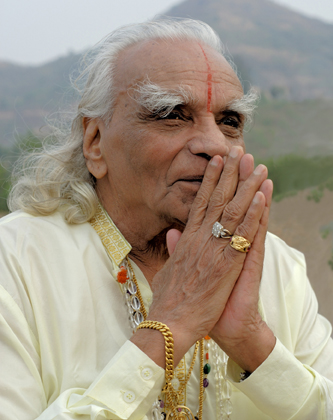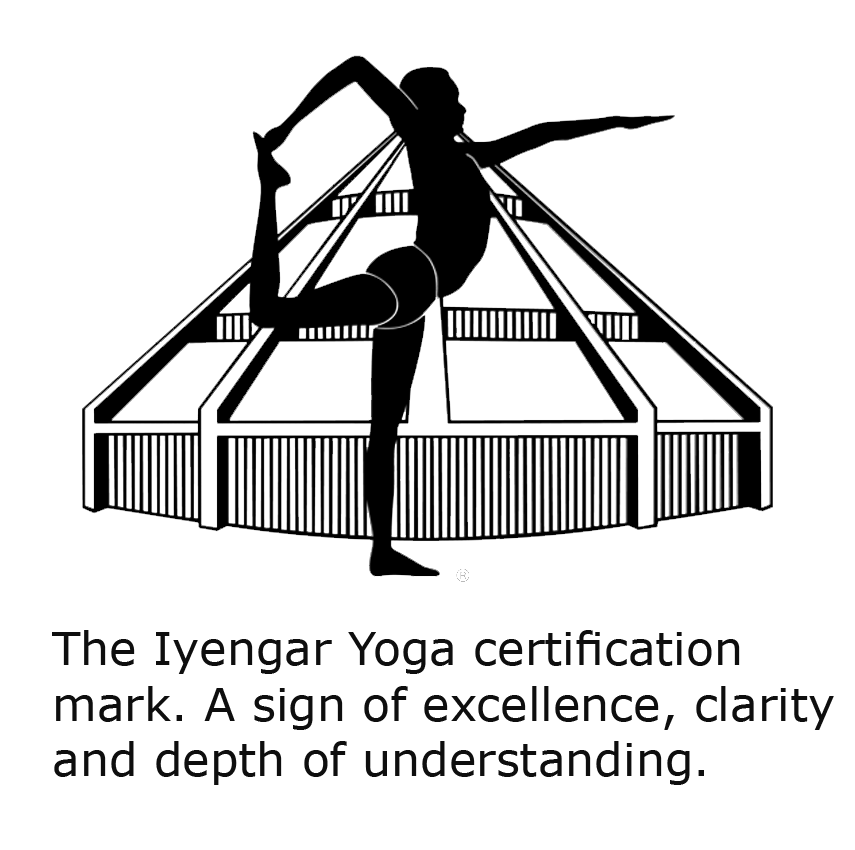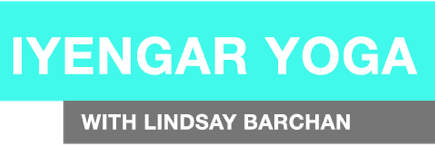What is iyengaR yoga?
Iyengar Yoga is a traditional form of Hatha Yoga, named after Bellur Krishnamachar Sundararaja (B.K.S) Iyengar.
B.K.S Iyengar was considered one of the most influential and foremost yoga teachers in the world, pivotal in bringing yoga to the west in the early 1960’s. He dedicated his life to spreading the subject of yoga from his roots in India, from his teacher and guru T. Krishnamacharya.
B.K.S Iyengar invented yoga props such as yoga blocks, bolsters, blankets, chairs and belts, to adapt and support students in postures where needed, to enable all students to access, benefit and experience yoga.
Props are not only for students with limited movement, but for all students to access and feel subtle parts of the body within asana (yoga postures) and experience the effects on the mind.
In Iyengar Yoga, classes are a slightly slower pace compared to some other styles of yoga. This is to enable a clear teaching of instruction and understanding.
Yoga postures are often taught and performed individually so students can learn and experience them correctly and safely. The method is progressive, building stamina and understanding, resulting in greater experience and maximum benefits for students.
Yoga postures will connect to one another with breathing and movement. This is the Vinyasa aspect of Yoga. Learning and experiencing each of the postures in their sacred forms are a greater focus in an Iyengar Yoga class, rather than the consistent movement between them.
Postures are curated and sequenced together differently class by class, so no Iyengar Yoga class will ever feel the same. Each week of the month, a different class focus is also given. Ranging from standing poses, forward bends, back bends, twists and abdominals to restorative practises at the end of the month.
As an Iyengar Yoga student evolves and matures, the teaching goes beyond physicality. The student develops for the practise of Pranayama and other meditative practices. Pranayama is a practise of controlled, regulated breathing techniques which leads a student further along the yogic path.
The path of yoga comprises of 8 parts as given by Indian sage Lord Patanjali, called ‘8 limbs of Astanga Yoga’. Asana (yoga postures) are one limb after Yama (universal morals) and Niyama (self purification through discipline). As a student matures, they develop towards Pratayahara (withdrawal of external senses), Dharana (unaltered concentrative state), Dhyana (meditative state) and Samadhi (the ultimate state of divinity).
Due to Iyengar Yoga’s vast depth of experiential learning, its roots, origins and its accessibility – it is one of the most practised forms of yoga in the world. It is suitable for anyone, from a complete beginner right up to an advanced practitioner with many, many years of experience. Even teachers themselves continue to be students on their own yogic path, due to the continuous development of experiential learning. For that reason, Iyengar Yoga is a forever path of exploration, for everyone.

Iyengar Yoga with Lindsay Barchan
45 Western Road, Lewes, BN7 1RL, UK
Copyright © 2020 Iyengar Yoga with Lindsay Barchan
Created by DO Digital Marketing


